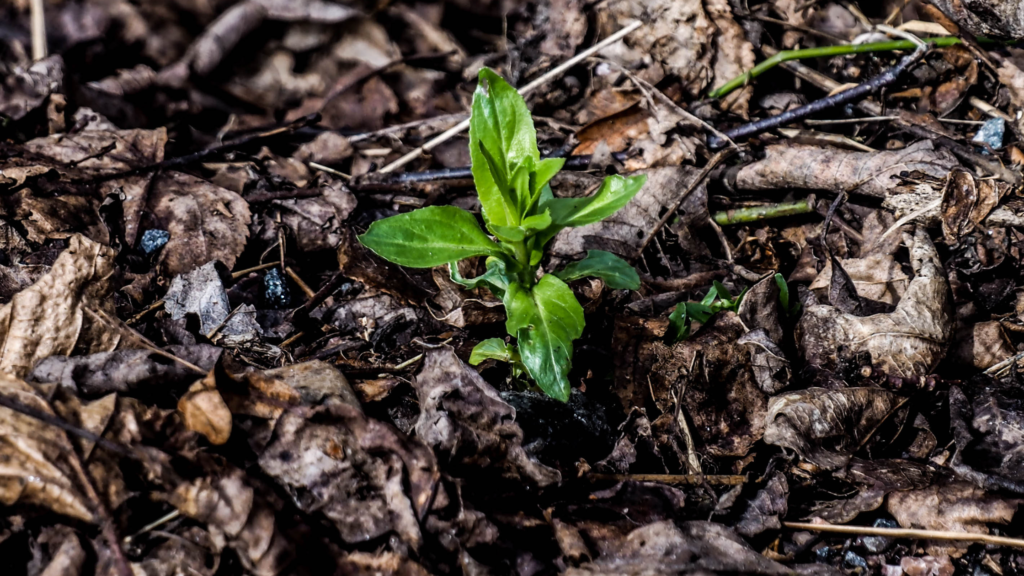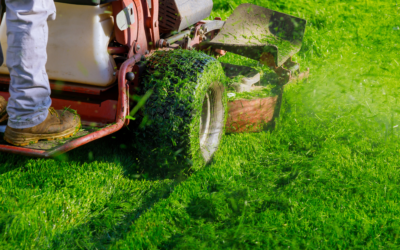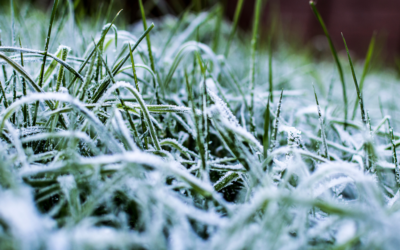As the chilly grip of winter begins to loosen its hold and signs of spring emerge, homeowners in Wisconsin start turning their attention to their lawns. Transitioning from the dormancy of winter to the active growth of spring requires careful attention and specific lawn care practices tailored to the unique climate of Wisconsin. In this guide, we’ll explore essential tips for ensuring your lawn emerges healthy and vibrant as the warmer months approach.
1. Snow Mold Prevention:
In Wisconsin, where snowfall is common during the winter months, one of the primary concerns for lawn care enthusiasts is snow mold. Snow mold is a fungal disease that thrives beneath snow cover, particularly in areas where the snowpack persists for an extended period. To prevent snow mold, it’s crucial to remove any accumulated snow from the lawn as soon as possible. Additionally, avoid walking on or driving over snow-covered grass, as this can exacerbate the problem.
2. Raking and Debris Removal:
Once the snow has melted and the ground begins to thaw, it’s time to start preparing your lawn for spring growth. Begin by thoroughly raking the lawn to remove any debris, dead grass, or leaves that have accumulated over the winter months. Raking not only improves the appearance of the lawn but also allows for better air circulation and reduces the risk of fungal diseases.
3. Early Season Mowing:
As soon as the grass starts to green up and grow, it’s time to break out the lawn mower. However, resist the temptation to mow too short during the early spring months. Instead, set your mower blades to a higher setting to avoid stressing the grass and allow it to establish strong roots. Aim to remove no more than one-third of the grass’s height with each mowing session.
4. Fertilization and Weed Control:
Early spring is an ideal time to apply a balanced fertilizer to your lawn to promote healthy growth and green-up. Choose a fertilizer specifically formulated for spring application, and follow the manufacturer’s instructions for proper application rates. Additionally, consider applying a pre-emergent herbicide to prevent the germination of weed seeds before they have a chance to take hold in your lawn.
5. Overseeding and Patch Repair:
If your lawn has bare patches or thin areas, early spring is the perfect time to overseed and repair these areas. Choose a high-quality grass seed blend that is well-suited to Wisconsin’s climate and soil conditions. Prepare the bare patches by loosening the soil and spreading a thin layer of compost before overseeding. Keep the newly seeded areas consistently moist until the grass seedlings have established themselves.
6. Proper Watering Practices:
While spring rains may provide some moisture for your lawn, it’s essential to supplement with additional watering as needed. Deep, infrequent watering is preferable to frequent shallow watering, as it encourages the grass roots to grow deeper into the soil. Water your lawn early in the morning to minimize evaporation and reduce the risk of fungal diseases.
By following these lawn care tips tailored specifically for our state’s transition from winter to spring, you can ensure that your lawn emerges from dormancy healthy, vibrant, and ready to thrive throughout the growing season. With proper care and attention, you’ll enjoy a lush, green lawn that enhances the beauty of your outdoor space for months to come.
Thinking about hiring a professional to help with your lawn care needs this year? Friske Lawn Care would be happy to help! Give us a call at 608-445-5883 or shoot us an email at friskelawncare@gmail.com.
Top 5 Reasons Why You Should Hire a Lawn Mowing Service
Maintaining a well-manicured lawn is no easy task. It requires time, effort, and a fair share of expertise. If you find yourself struggling to keep up with the demands of lawn care, hiring a professional lawn mowing service can be a game-changer. Below are the top...
How to Keep Your Lawn Healthy During a Drought: Practical Tips and Techniques
A lush and green lawn is often the pride and joy of homeowners. However, maintaining its vibrancy can be a challenge during a drought when water conservation becomes crucial. Thankfully, there are practical strategies that can help you keep your lawn healthy even in...
How To Protect Your Lawn From a Late Freeze
Spring is a time of renewal and growth in the natural world, but it's also a time of uncertainty when it comes to weather. One of the biggest threats to your lawn during the spring season is a sudden freeze, which can damage or even kill your grass. Fortunately, there...




